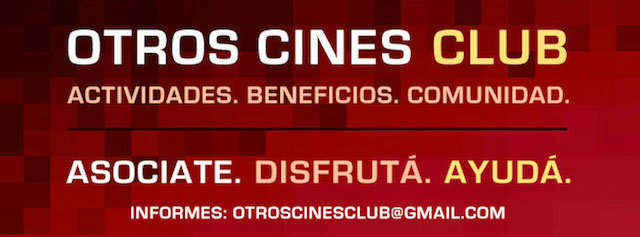On Wednesday, March 17, at 10 p.m., these five life stories of essential New York workers filmed by their children between the ages of 16 and 21 will premiere on HBO and the streaming platform HBO Go.
–
Anyone looking for a neat and virtuous cinema is better off looking the other way, but anyone who wants to know an urgent, intimate record of how the first wave of the Coronavirus pandemic was in New York during the 40 minutes of Covid Diaries NYC they are a very valuable proposition.
DCTV Youth Media, part of the organization founded by the legendary journalist and documentary filmmaker Jon Alpert, produced this project that bet on five young people who would grab their cameras and record the stories of their families with sheer viscerality.
The Only Way to Live in Manhattan, by Marcial Pilataxi, shows how her grandmother deals with garbage in a luxurious building in the Big Apple. She is resigned, but he – who goes out to film the night and bumps into a few anti-vaccines – all he wants is to leave a city he hates as much as being a deliveryman for an App or helping the dear old woman “to throw away the waste of the rich ”, as the director says out of sheer anger and resentment.
Then they add up My Corona Breakdown, by Aracelie Colón (the director enters a crisis of irrepressible anguish while her father continues to go to work at the post office); When My Dad Got Covidby Camille Dianand (her father, a subway mechanic, contracts the virus and does not stop coughing day and night); No Escape From New York, by Shane Fleming (when the Blue Ribbon restaurant closes, the family runs out of savings and is forced to leave the city to lower costs); Y Frontline Family, by Arlet Guallpa (she follows her father, a driver, and her mother, a domestic worker, while ambulances do not stop picking up bodies in the Washington Heights neighborhood). The five stories are connected by a very attractive animation by Rosemary Colón-Martínez.
The new filmmakers, in addition to their young age, are of Latino or African American origin and have their parents in areas considered essential, but at the same time quite despised: bus drivers, cleaning personnel or gastronomic workers. To the degradation of New York (from tourist epicenter to ghost town) and of physical, economic and mental health, is added another element that appears in two of the shorts: the marches of enraged protesters after the murder of George Floyd to hands of the police.
Full of fear, but also of debt, the adults who appear on camera (many of them arrived as illegal immigrants who did not speak a single word of English) know that they have no choice but to take a full train at 6AM to go to work. to Manhattan. The system depends on them, even if they have the worst wages and the highest risks. In times of pandemic, class differences are more exposed than ever.
– .
